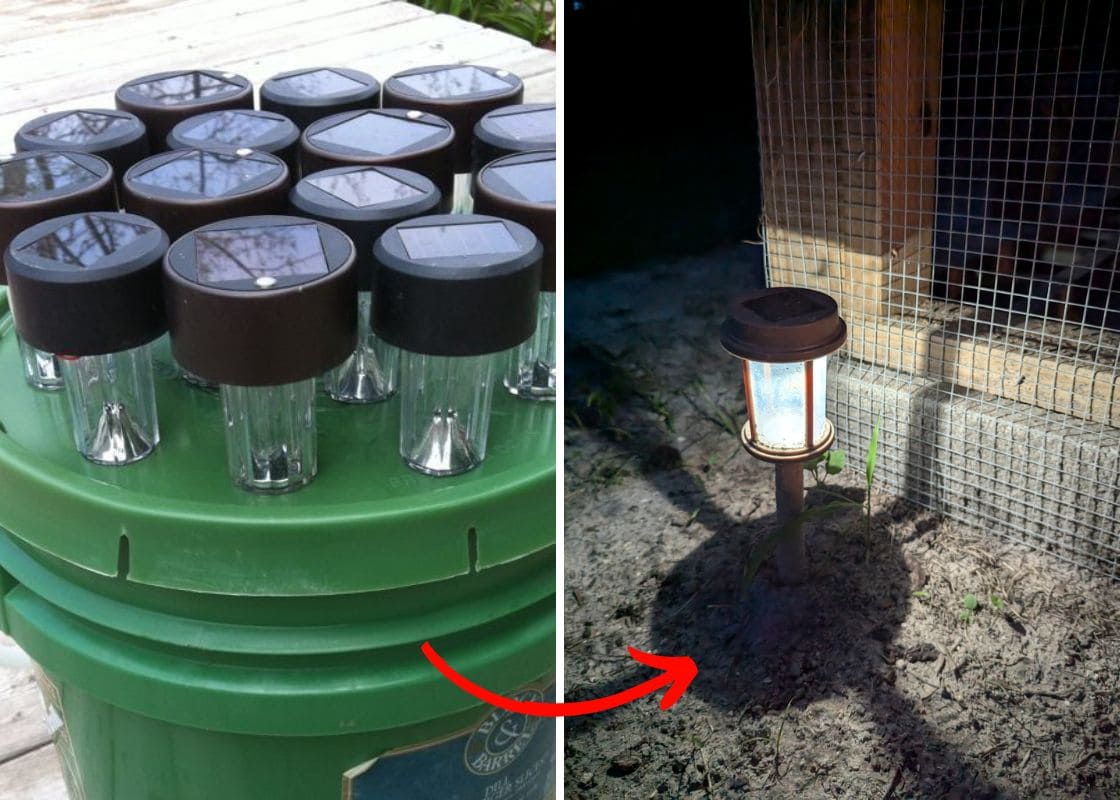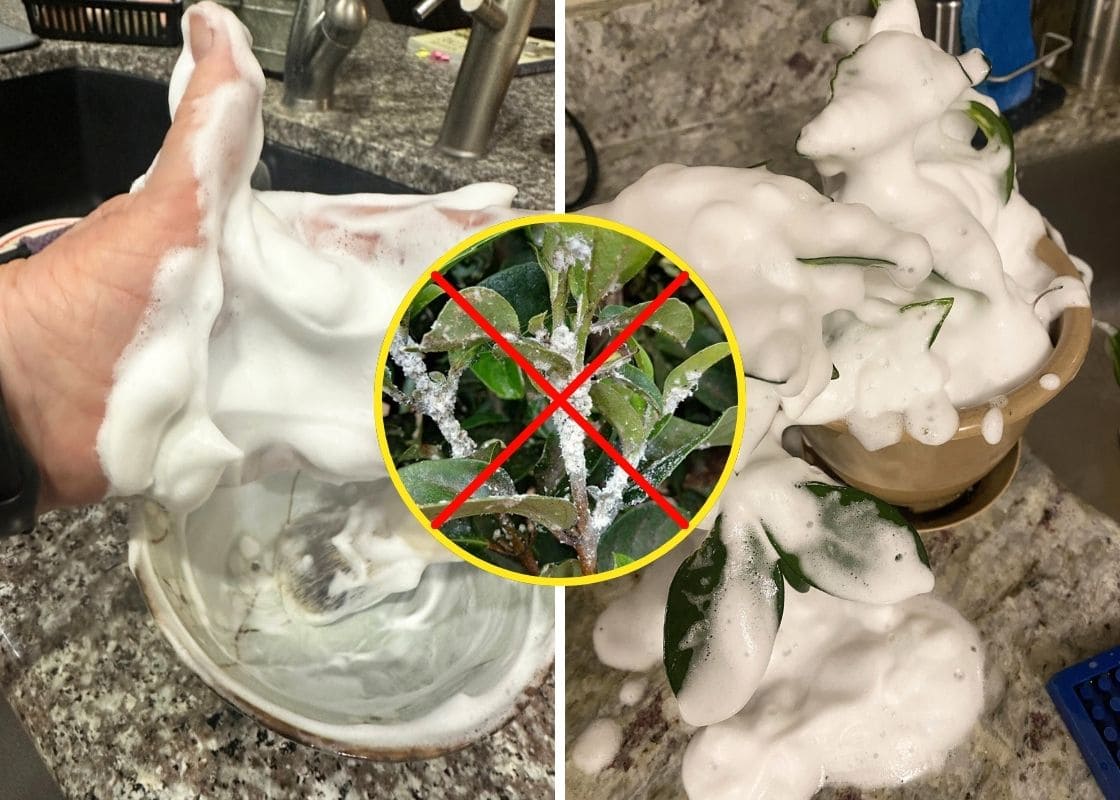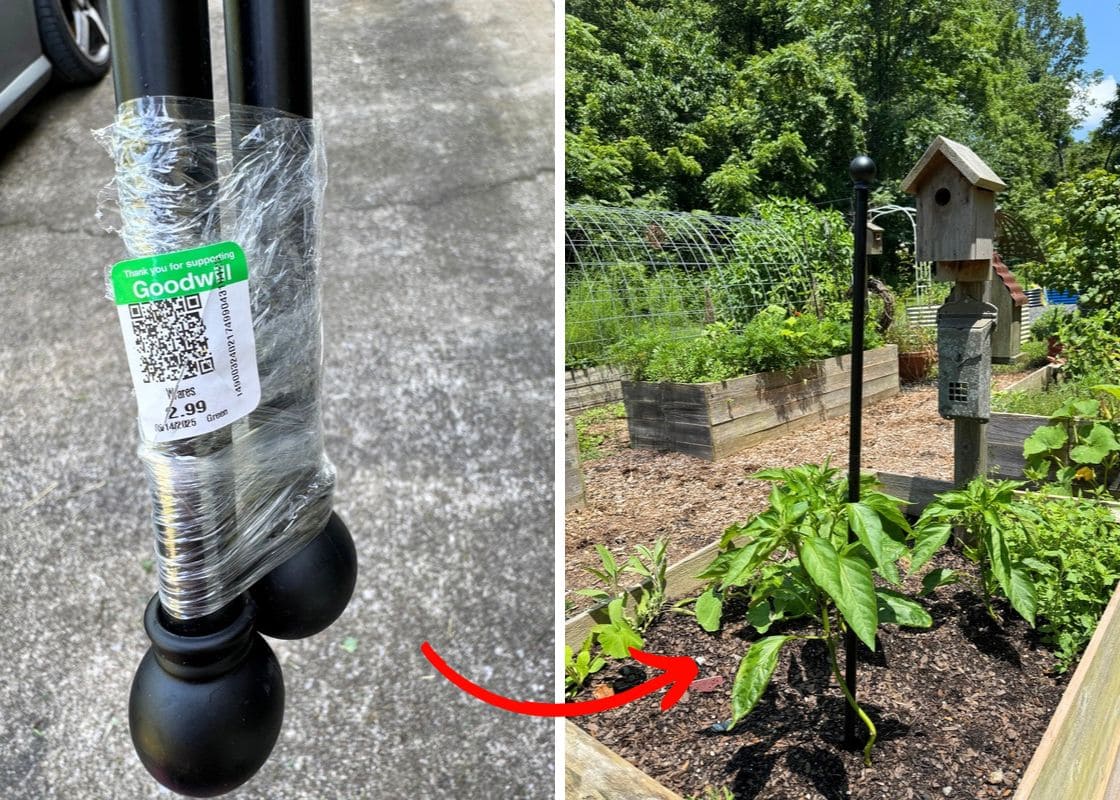Healthy potting soil sets the stage for strong roots, steady growth, and fewer plant problems later on.
When the mix carries fungus, gnat larvae, or lingering pathogens, even experienced gardeners struggle to keep seedlings alive.
If you are getting these troubles, this simple step helps you save time and frustration, especially when starting seeds indoors or reusing old soil.
Why Sterilizing Soil Matters
Many potting mixes travel through warehouses or sit for long stretches before reaching your hands.
That long pause gives fungi, mold spores, and pests the perfect chance to settle in.
Even fresh-looking soil can hide gnat eggs or bacterial pockets waiting for moisture to reactivate them.
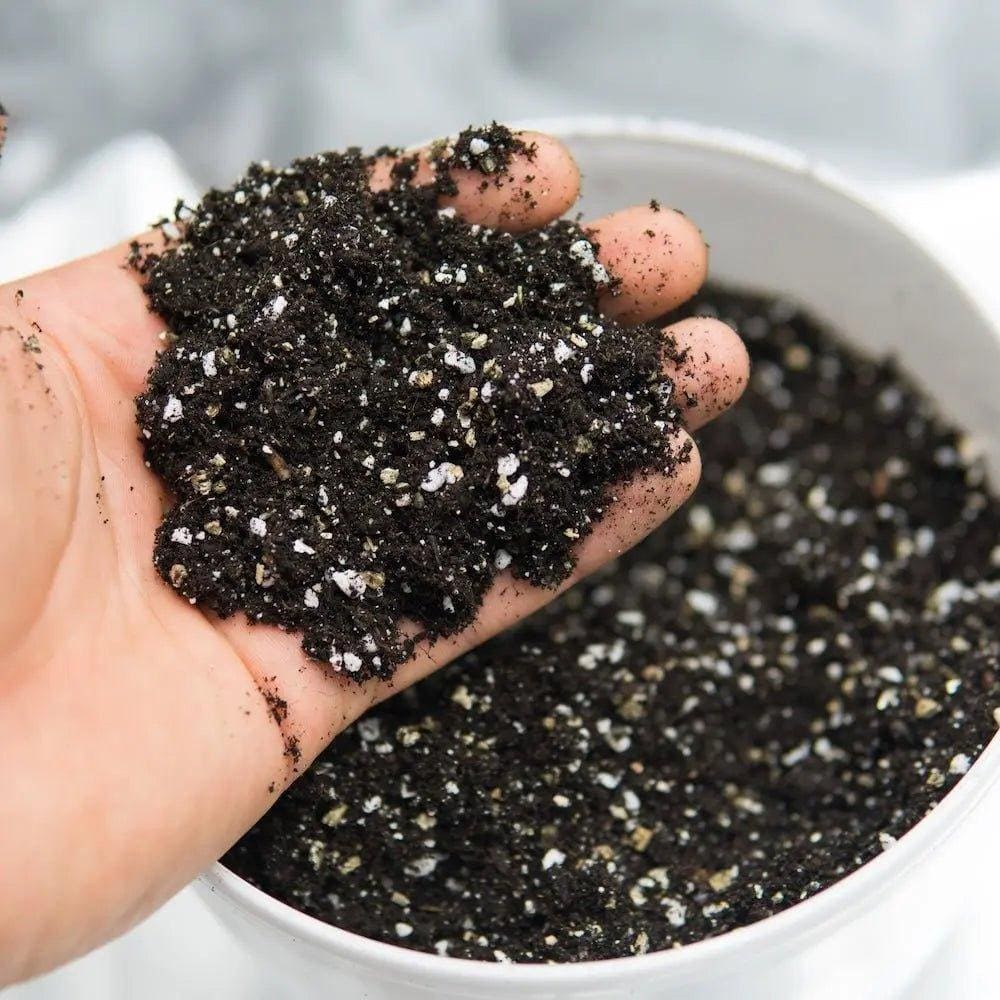
Gardeners who reuse soil benefit even more. Last season’s mix often holds decaying roots and leftover pests.
A thorough heat treatment strips away those hidden problems, restoring the soil to a safer, more predictable condition.
Bonus, sterilized soil also reduces the risk of damping-off disease, a common issue that wipes out seedlings before they have a chance to develop.
Ideal Temperature for Soil Sterilization
Most methods revolve around one temperature: about 180°F (82°C).
Going much hotter brings its own issues as overheated mix can develop a burnt smell, lose organic structure, or release compounds that aren’t friendly to young roots.
Besides, staying in the low-heat range keeps nutrients stable while still doing the job.
4 Methods to Sterilize Potting Soil
1. Oven Sterilization
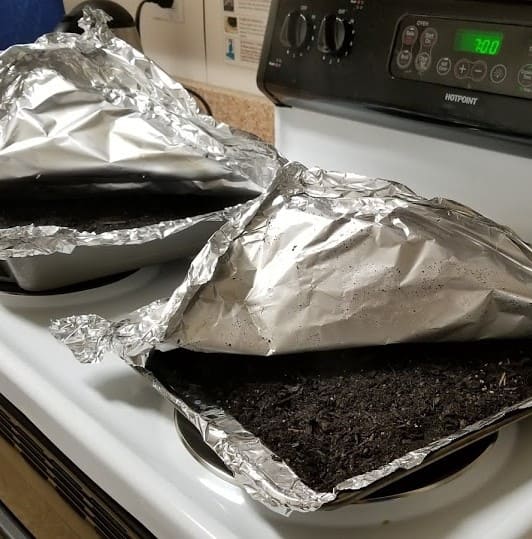
The oven offers steady, controlled heat, which is why many gardeners rely on it for reliable results. Moistening the soil slightly helps the warmth travel through the mix more evenly.
The soil is spread in a shallow tray, covered to keep moisture inside, and warmed slowly at a low temperature.
Once the center reaches the ideal temperature, you just let it cool without uncovering the tray to avoid pulling in new spores.
Note:
A temperature above 200°F can damage nutrients and organic matter. Slow, gentle heating always produces cleaner, healthier results.
2. Microwave Sterilization
Small batches respond well to microwave heating. Moist soil creates steam that circulates through the mix, breaking down pathogens in minutes.
A vented container keeps steam from escaping too quickly while preventing pressure buildup.
After heating, allowing the soil to rest with the lid still on increases effectiveness because the remaining heat continues working through the mix.
Tip:
Stirring the soil halfway through helps avoid cold pockets and ensures that the entire container reaches the safe temperature.
3. Solarization
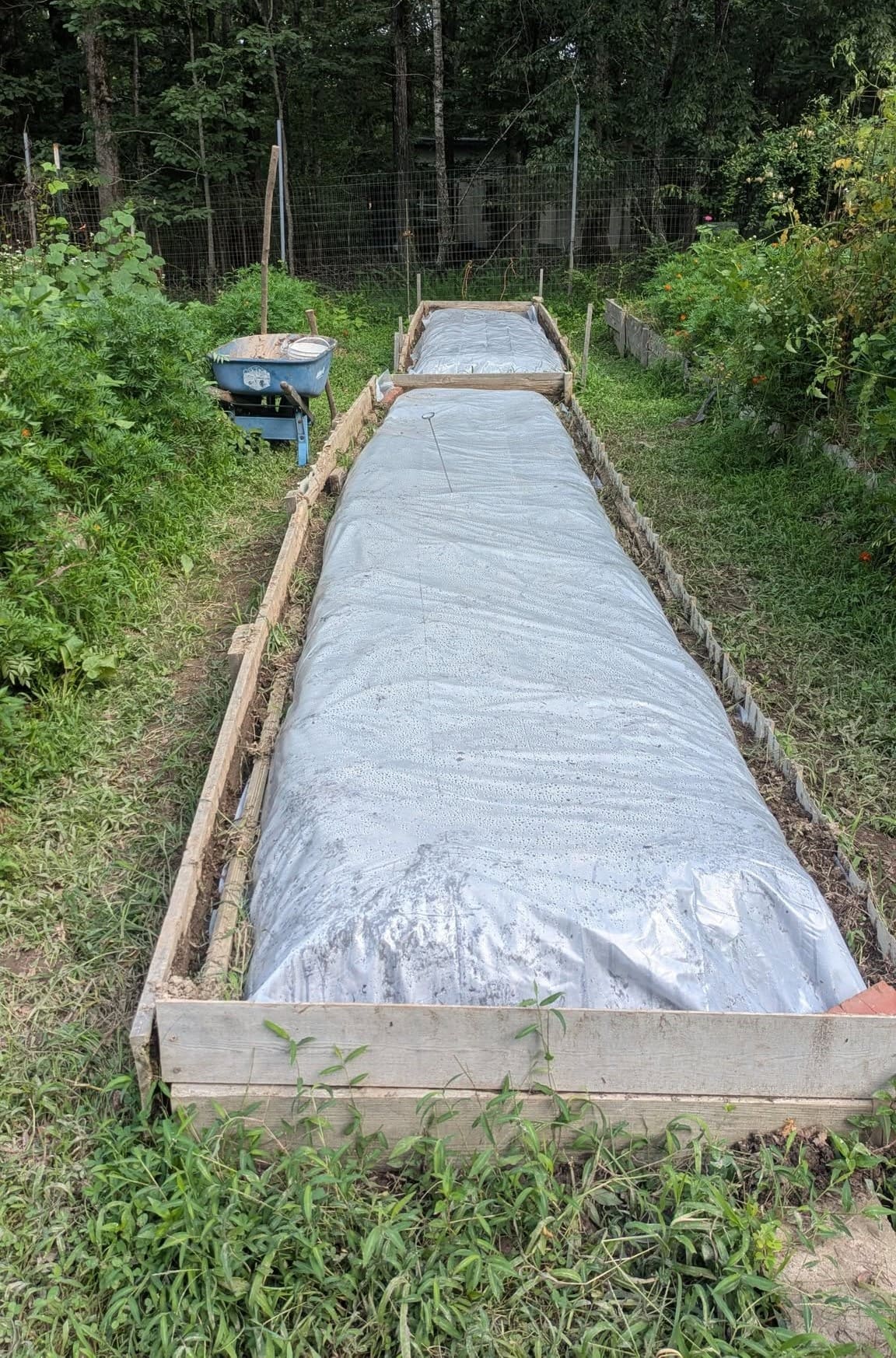
Warm climates make this method surprisingly effective. Soil sealed inside a clear plastic bag begins to trap sunlight, building heat day after day.
Over several weeks, temperatures climb high enough to weaken or eliminate pests and fungal spores.
This method takes patience, but it uses no electricity and keeps the soil’s structure intact.
4. Steam Sterilization
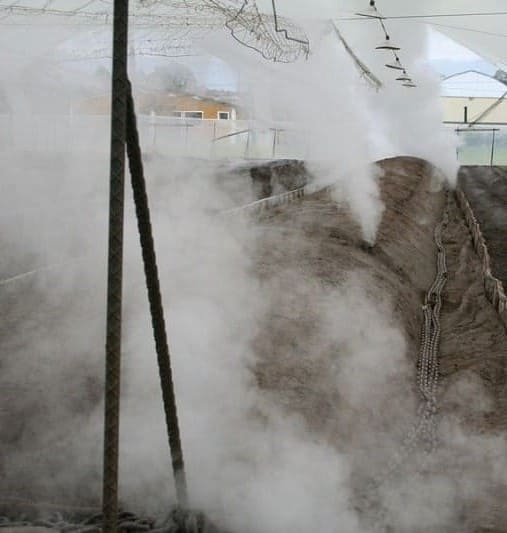
Steam offers deep, even penetration, which makes it useful for larger amounts of soil.
A pot with a small amount of water, paired with a heat-safe container or basket, creates a controlled steam chamber.
You just cover the pot, then steam envelop the soil and gradually raise its temperature. Once it reaches 180°F, the soil is ready to cool and store.
Tips for Better Results
When the mix is too dry, hot air moves unevenly and can burn organic components. Slight dampness keeps the temperature consistent throughout the soil.
After sterilizing, you should store the mix in a sealed container or heavy bag to keep airborne contaminants out.
Sterilization removes both harmful and helpful organisms, so many gardeners add compost, worm castings, or mycorrhizal supplements afterward to restore beneficial life without reintroducing pests.
FAQs
Do I need to sterilize fresh store-bought soil?
Not always. Most commercial potting mixes arrive safe to use if the bag was sealed and stored correctly.
Sterilization becomes more useful when you’re dealing with repeated gnat problems, mold growth, or when you plan to start delicate seeds indoors.
Will sterilization kill all beneficial microbes?
Yes, the process quiets both harmful and helpful organisms.
You can reintroduce the good ones by mixing in a small amount of compost or a biological soil inoculant after the soil cools.
Can I sterilize soil with boiling water?
Pouring boiling water over soil doesn’t reliably heat the center of the mix to the correct temperature.
Surface layers may heat quickly, but deeper layers remain cool. Steam is far more effective.
How long can sterilized soil be stored?
When sealed tightly and kept dry, it can last for months. You need to avoid leaving it in open containers where humidity and airborne spores can settle.




